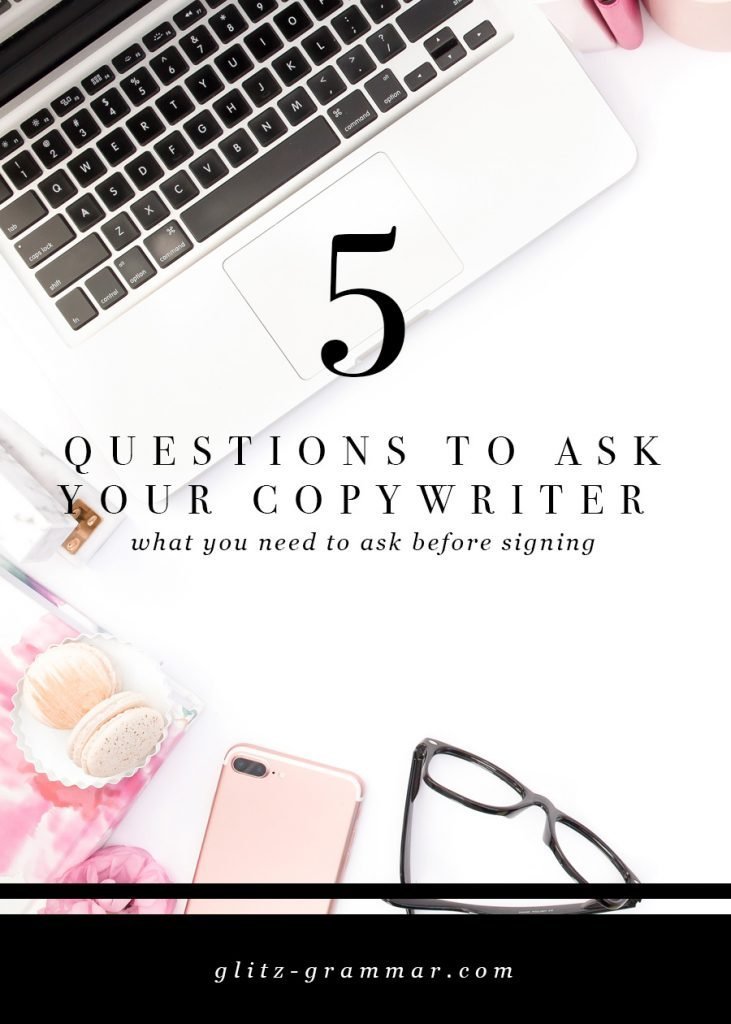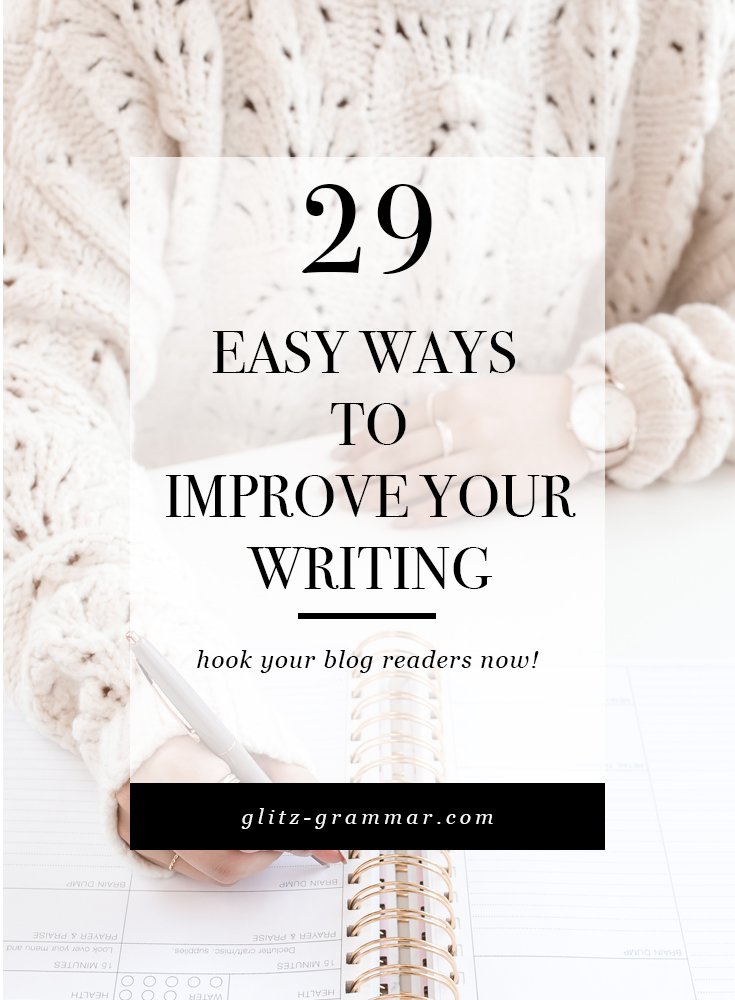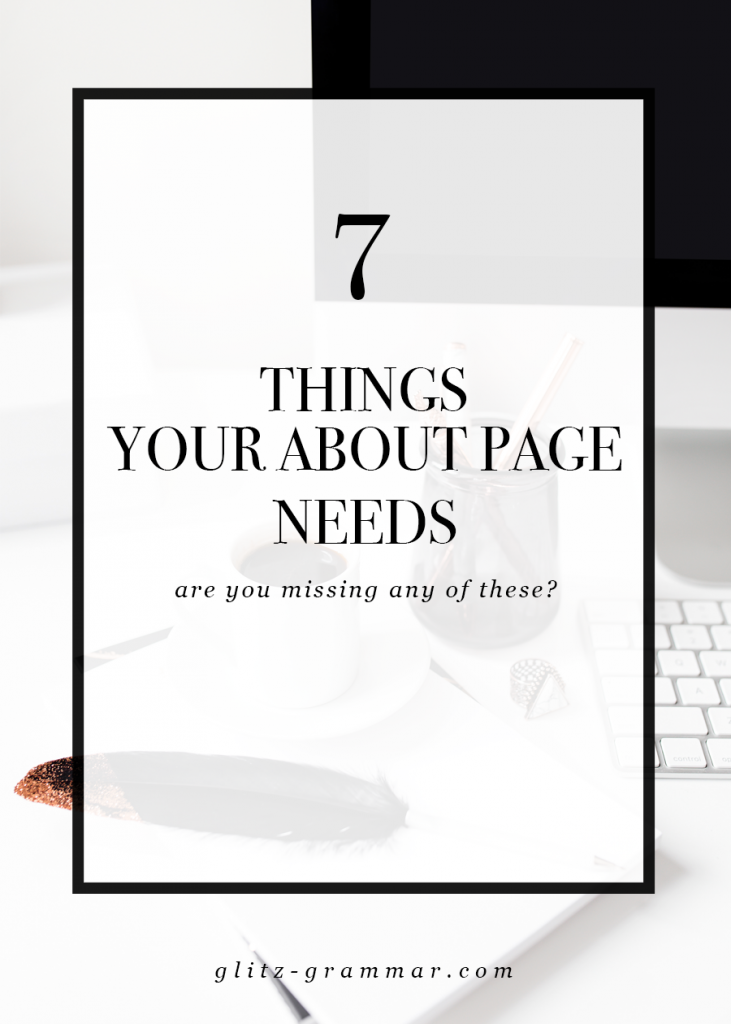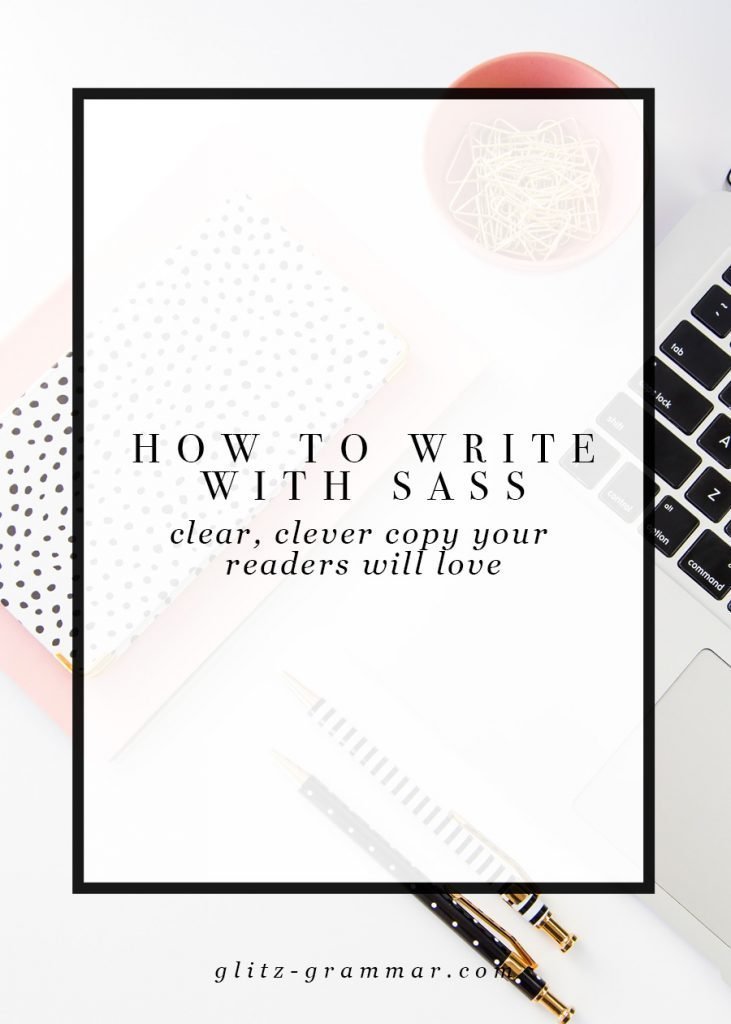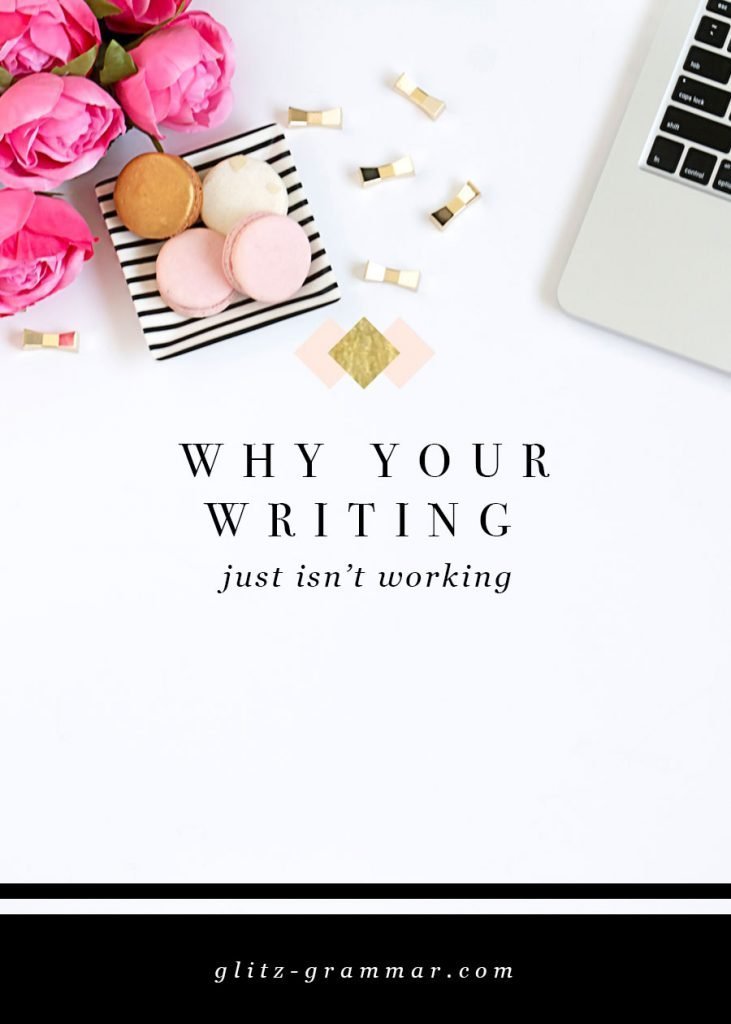How to Create Writer’s Guidelines + A FREE Template
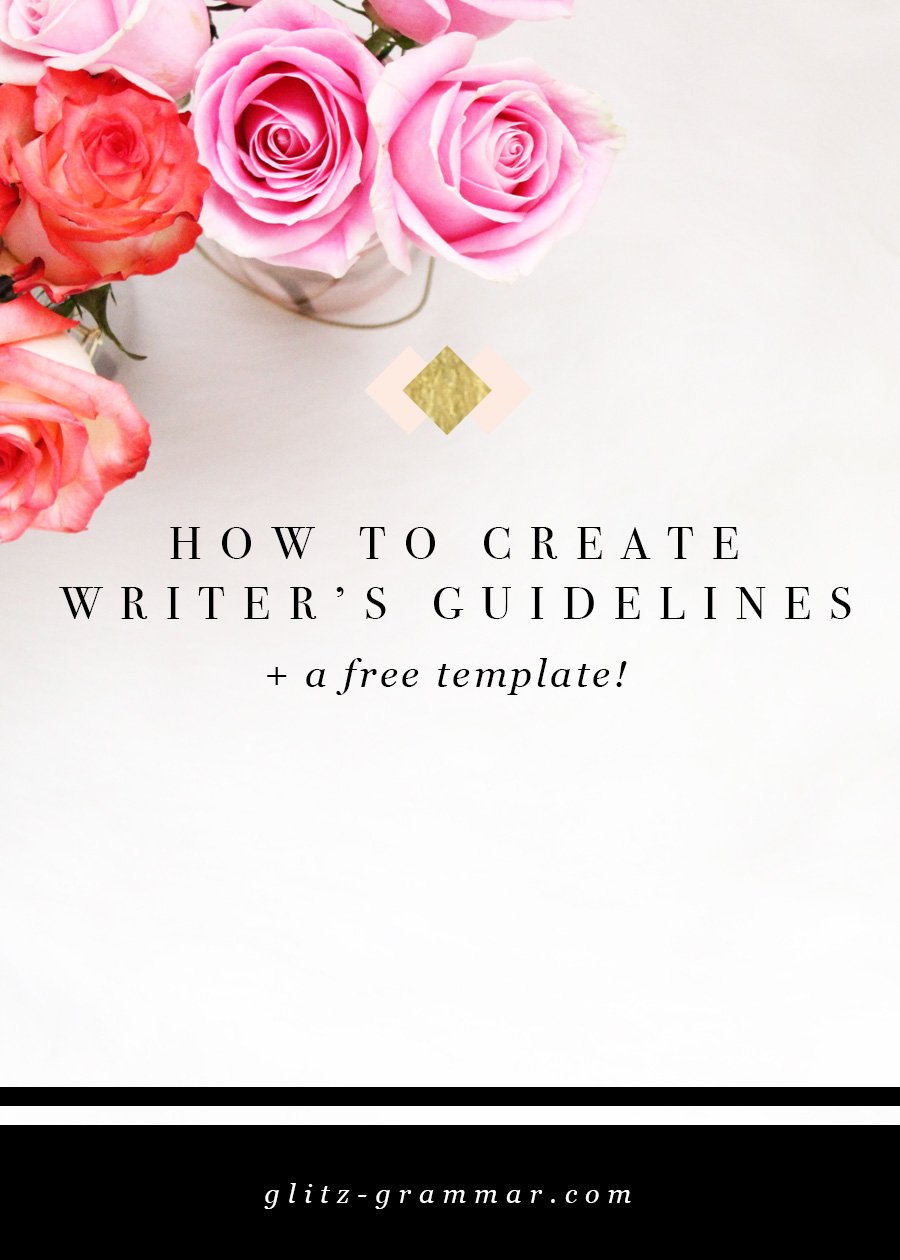
Excuse me while I have a word nerd moment here, but I really, truly believe in the power of WRITER’S GUIDELINES. They’re a beautiful thing, friends! And I’m going to tell you why: They’re the baseline for making sure you have that consistent content that readers crave. And love. And all that goodness. So today, I’m going to show you how to create writer’s guidelines + give you a free template to make your own.
What the Heck Are Writer’s Guidelines?
“Guidelines” never sounds sexy (sorry!), but in short, it’s just a brief document that will tell someone:
- Who are they writing for
- What they should be writing about
- The style and tone of the copy
- Formatting & submission guidelines
If you’re ready to open up your blog to guest post submissions or ready to have anyone else write content other than yourself, you need writer’s guidelines.
Why Should I Have Writer’s Guidelines?
Whenever I write for a new magazine, the first thing I request is a copy of their writer’s guidelines. In that doc, I’ll find details on how to submit my article, background info on the magazine and details on who I am writing for. In short, the guidelines answer a lot of questions I would otherwise be bugging the editor about.
You may not be running a publication, but having your own guidelines will help streamline your submission process and ensure what you get is true to your brand.
Most importantly, it’s a place for you to answer FAQs before they come up!
When you have writer’s guidelines:
- Copy that wasn’t written by you, will still sound like you because you’ve detailed what you sound like in your writer’s guidelines.
- There’s no more going crazy chasing down guest post submissions, photos and other details because they’ll all be submitted the way you specified.
- You’ll have a consistent voice and brand message, which we all know translates into a more memorable brand, and less editing on your part.
- You have a chance to relinquish control a bit and open up your pool of contributing writers.
[Tweet “How to create writer’s guidelines + a totally free template to snag!”]
How to Create Writer’s Guidelines
If you’re looking for a quick and easy formula to follow to create your own guidelines, answer the 5 Ws: Who, What, Where, When, Why & How.
- Who: Who are you and who is your audience? Detail that right in the beginning!
- What: What type of posts will you accept? What types of posts will you not accept?
- Where: Where can writers contact you to ask questions & tag you when it’s time to promote the post?
- When: When will writers be compensated? (If hiring freelancers)
- How: How should the post be submitted? Do you prefer things submitted via email, as an attachment or some other way? How should it be formatted?
- Why: Remind writers that you want to know more about them and why they would be a good fit to write for you.
Your guest post guidelines can be as brief or as detailed as you want. If keeping the “voice” consistent is important to you, include examples of what you would and wouldn’t accept.
Still trying to nail down your brand voice voice? You might like: Find Your Writing Voice Free Mini E-Course
Ultimately, the choice is yours on how in-depth you want to get. But it’s an opportunity to answer questions before they arise.
Where to Post Your Guidelines
Where you post your guidelines is completely up to you. Some people have a separate page that talks all about the submission process while others prefer to email the guidelines when someone asks for them. The latter is definitely more work, but if you’re not comfortable having your guidelines published for anyone to see, then consider going that route.
I’ve also seen people embed their writer’s guidelines in a Google form where you can read them and submit your post all in one page! This is great if you are getting lots of guest posts or work with a lot of freelance writers.
Remember, the key to creating writer’s guidelines is to tell potential writers what you want and how you want it! Most importantly, it’s where they can learn all about your audience so they can submit something perfect for you.

